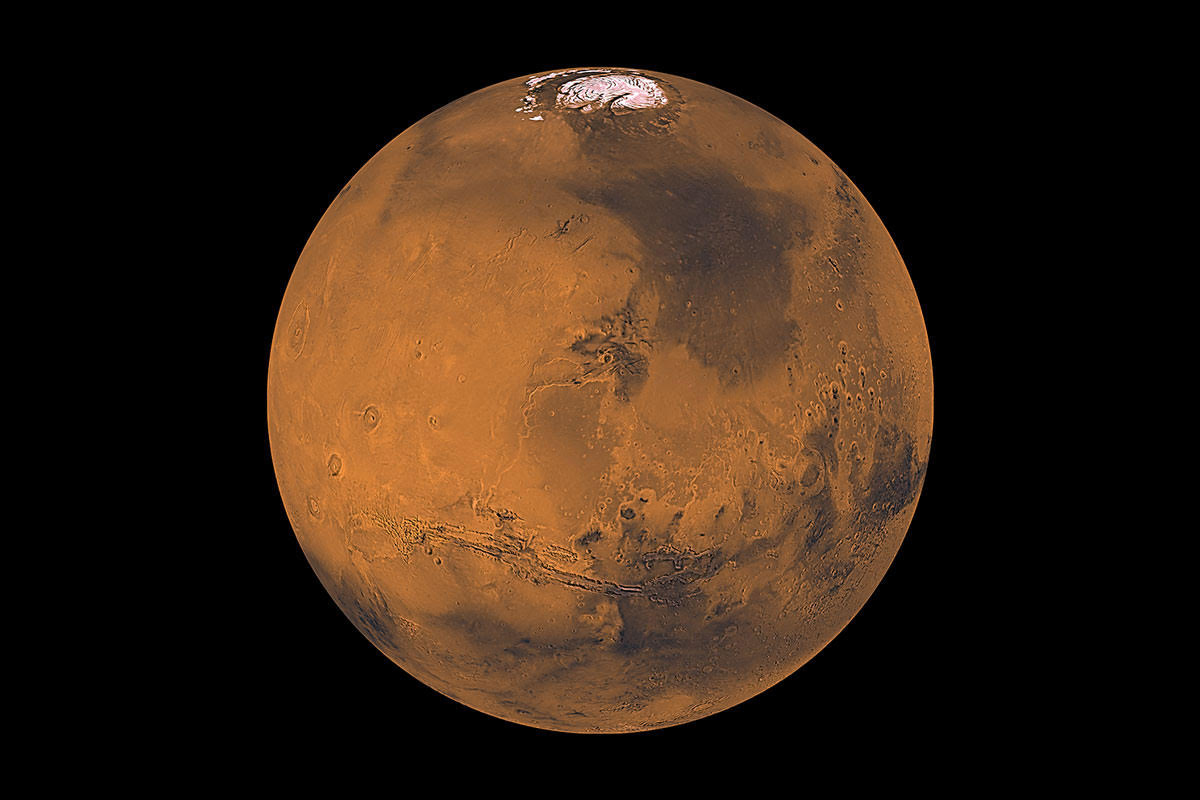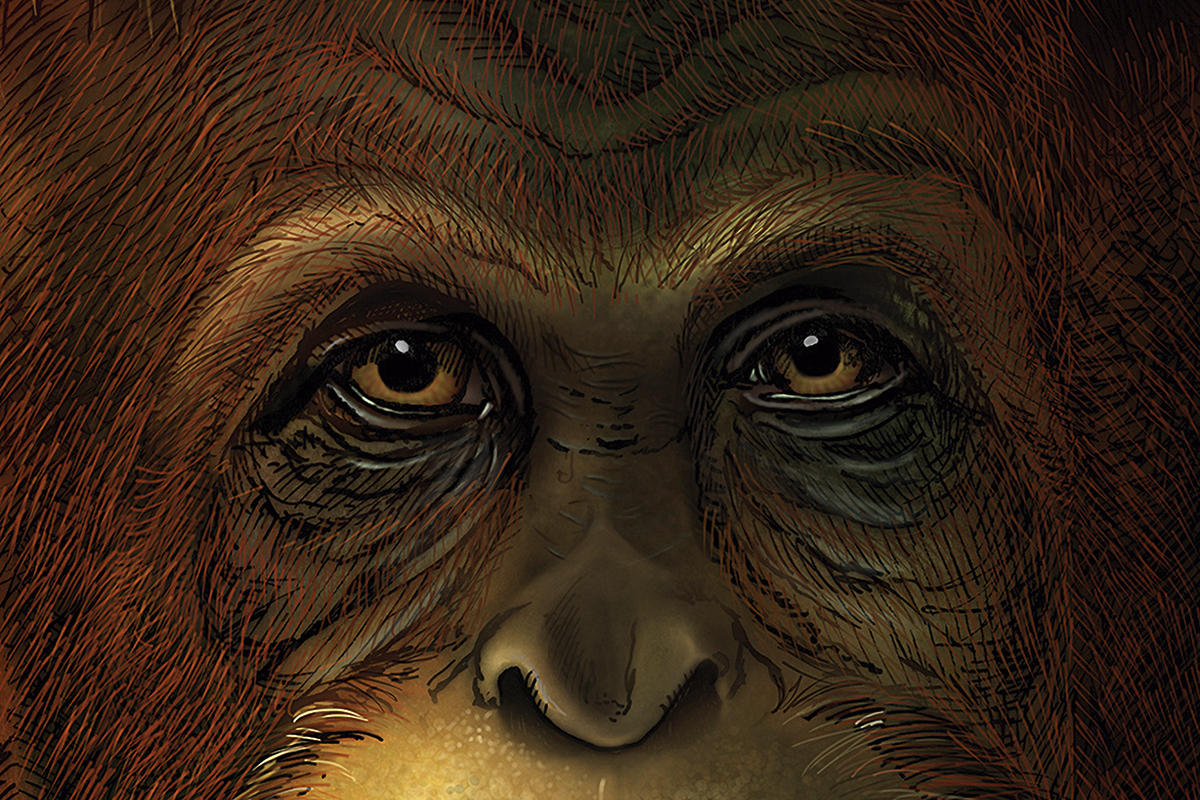Search
Mars shining brightly in the eastern sky shortly after sunset. This coppery dot is a world of mountains, ravines, and frozen poles that millennia ago was home to seas and
[caption id="attachment_111125" align="alignleft" width="250"] Charles Darwin's barnacle and David Bowie's spider. How scientific names celebrate adventurers, heroes, and even a few scoundrels. Stephen B. Heard. Yale University Press. New Haven,
The Swedish Academy has awarded Roger Penrose, Reinhard Genzel, and Andrea Ghez the Nobel Prize in Physics. What is behind this shared award? When did the debate on black holes start? An analysis by Manel Perucho.
There is a widespread misconception, mainly due to perverse agnogenic practices, that nutrition is hard and confusing, that we do not really know what to eat and that health professionals cannot agree.
Nutritional epidemiology currently studies the diet-disease relationships. In this review, we analyse the impact of diet on health and the importance of dietary factors in the prevention of non-communicable diseases.
Can the application of neuroscience to education be studied while maintaining every aspect of the scientific method used in neuroscience? Or, even more simply, can neuroscience be applied to education?
























